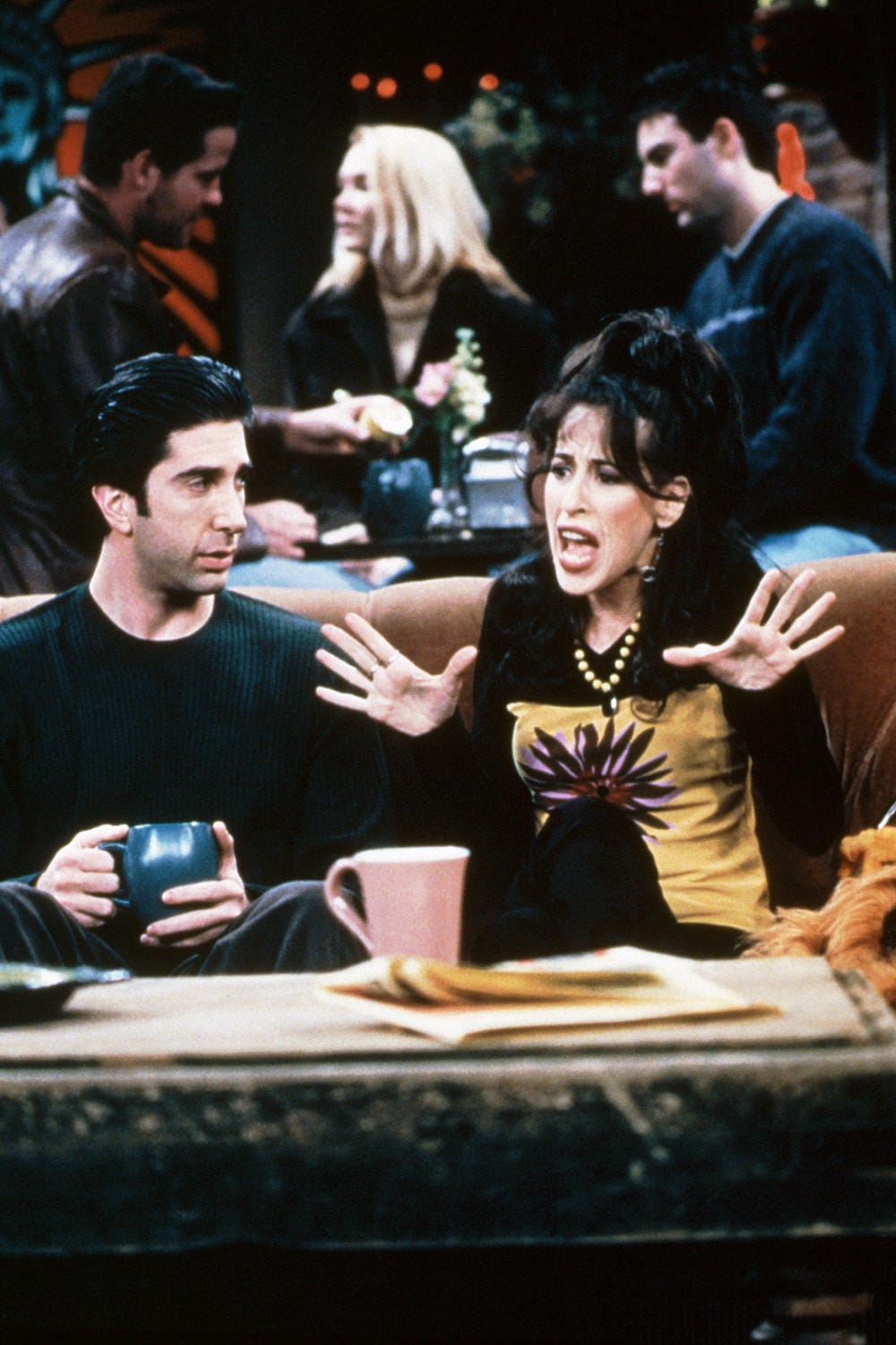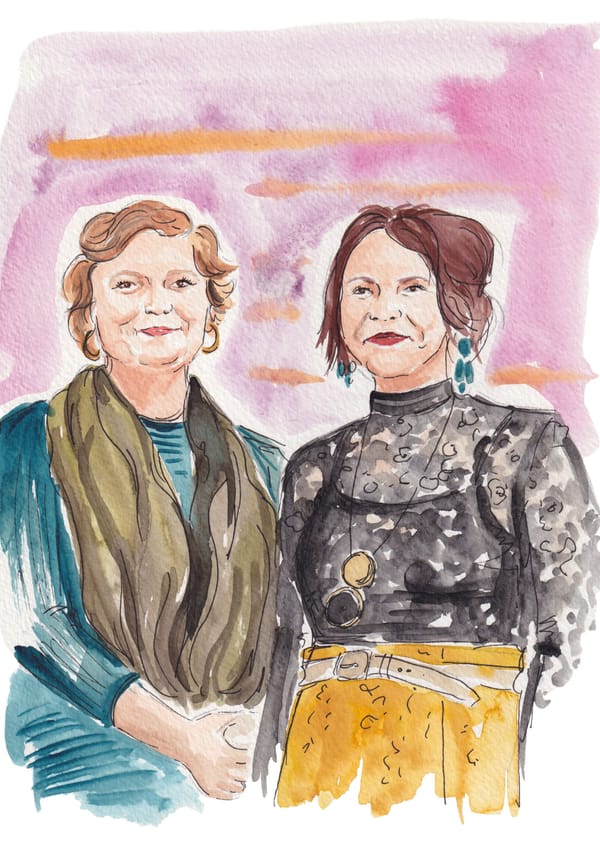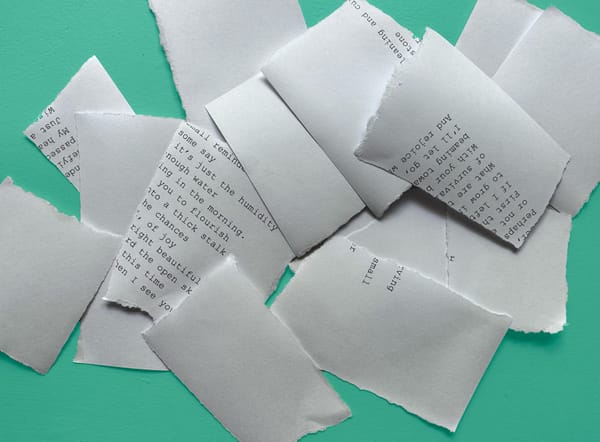The Janice Problem
A rewatch of Friends reveals it isn't the post-feminist masterpiece we thought it was.

Those who weren’t around (or weren’t watching) in the early 2000s might struggle to understand the extent to which the TV show Friends, which turned 30 last weekend, permeated people’s lives. Where I was growing up in the U.K., it was as much a cultural phenomenon as a soundtrack; a background hum, a bit like the constant sound of traffic when you live on a busy street.
So important was it to have seen the latest episode that when it aired each week, I’d sneak into my parents’ bedroom after bedtime to watch it, lest I be excluded from the only conversation at school the next day.
Rachel, Monica or Phoebe?
Friends provided tweenage girls with a handy choice of frameworks around which to build their personalities: Rachel (hot, but princessy), Monica (hot, but neurotic) or Phoebe (kooky, still quite hot). I was tall and blonde and crop tops weren’t my thing, so I cultivated my persona with tie-dye and quirky non-sequiturs. When a boy I liked said “Wait—I’ve just realized who you remind me of. You’re so like Phoebe,” it felt like all my hard work had paid off.
Rewatching the show three decades on, I discovered many of the jokes land as well today as they did back then. It still feels fresh—partly because the fashion has come back around (hello, claw clips and crop tops) and partly because, for its time, Friends was surprisingly forward-thinking. There were three male characters, Ross, Chandler and Joey, and three female characters. Rachel, Phoebe and Monica—who easily notched up half the screen time—discussed life and friendship and work and what to do if a jellyfish stings you (and yes, sometimes romance). In that respect, Friends aced the Bechdel test.
But then there was Janice.





